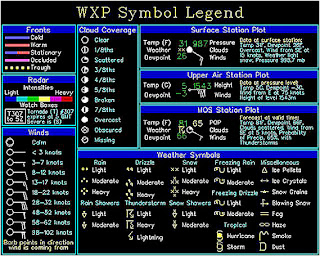There have been various systems of classifying climate, some with subsections, but essentially there are eight categories based on temperature and rainfall and thus vegetation. These are tropical, subtropical, stepped, arid, savanna, temperate, marine, continental, and mountainous and sub polar, polar. Within these there are local interactions of ocean and atmospheric circulation, continental position and relief to be considered.
Averaged out over the year, temperatures are closely zoned to latitude. Temperatures in continental interiors tend to be more extreme hotter in summer and colder in winter than latitude would indicate, where as oceans have a moderating influence cooling the tropics but warming higher latitudes. Patterns of rainfall are even more complex, although there is a tendency for continental interiors to be drier at subtropical latitudes but wetter closest to the equator.
Climate affects whole regions and refers to weather patterns averaged out season by season over decades or even longer. Weather describes how the details of atmospheric conditions change day by day, or hour by hour, and refers to conditions at a much more local level



0 comments:
Post a Comment
Note: Only a member of this blog may post a comment.